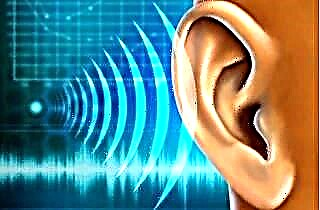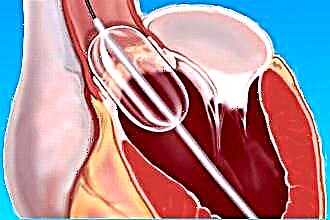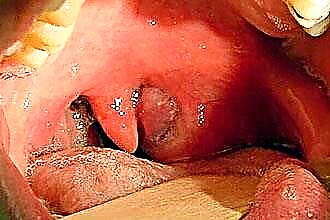The human auricle has a rather complex structure, which allows you to capture various sounds from the environment and at the same time protect the internal organs of hearing from its negative factors. It consists of many different elements, each of which has its own function. Including a small cartilaginous formation - the tragus of the auricle.
Structure and function
 Ear tragus - what is it from an anatomical point of view? This is an elastic protrusion of fairly soft cartilaginous tissue, covered with thin skin, under which there are many nerve endings. There is no fatty layer under the skin, so the ear tragus is highly sensitive. This is their main function.
Ear tragus - what is it from an anatomical point of view? This is an elastic protrusion of fairly soft cartilaginous tissue, covered with thin skin, under which there are many nerve endings. There is no fatty layer under the skin, so the ear tragus is highly sensitive. This is their main function.
A person can hear, as the ear picks up sound vibrations, collecting them, like a locator bowl. But it is the tragus of the auricles that help determine the direction in which the sound source is located. They begin to vibrate under the influence of a sound wave and amplify the signal, while simultaneously orienting a person in the right direction due to the sensitivity of the nerve endings.
In males, the tragus is often covered with hairs. They further enhance the sensitivity of this organ, since their vibrations from sound waves irritate the nerve endings of the tragus located close to the skin. But many consider the hair growing on the ears unaesthetic and remove it.
It is not recommended to pull out such hairs, it is better to carefully cut them with scissors so as not to injure delicate skin and prevent inflammation of the hair follicles.
But besides orientation, the tragus has other functions:
 enhances sound vibrations and transfers them to the inner ear;
enhances sound vibrations and transfers them to the inner ear;- to some extent protects the ear canal from dust and debris;
- is an indicator of the presence of inflammatory processes in the middle and inner ear.
By the way, the tragus is a paired organ. It is located at the base of the temporal bone at the entrance to the auditory opening, and the second similar protrusion is at the base of the antihelix. The interguscular notch separates them. The paired organ is called the antigus. It performs the same orientation function, but for sounds that come from the front. It is interesting that animals also have a tragus, but in them this organ is very important and much more pronounced.
Accessory tragus
 A small percentage of people have another cartilaginous growth in the ear, which doctors call the accessory tragus of the auricle. Usually it is formed even before birth under the influence of negative factors affecting a pregnant woman, such as:
A small percentage of people have another cartilaginous growth in the ear, which doctors call the accessory tragus of the auricle. Usually it is formed even before birth under the influence of negative factors affecting a pregnant woman, such as:
- taking antibiotics and other strong medications;
- transferred severe infectious diseases;
- strong or prolonged intoxication, including those caused by bad habits;
- radiation or ionizing radiation.
Most often, the accessory tragus is formed in boys. It may not have cartilaginous tissue, but be a soft leathery formation in which cartilage is completely absent. At small sizes, it is practically invisible, but sometimes it protrudes strongly and distorts the perception of the shape of the auricle by other people.
The accessory tragus does not affect hearing acuity in any way, therefore it is usually not removed. But for aesthetic purposes, an operation can be performed upon reaching the age of majority, when the auricle is finally formed.
Using a tragus
 The sensitivity of the tragus is a great help to otolaryngologists in the diagnosis of ear diseases. In a healthy person, the tragus is painless and has the same color as the auricle. If, when pressing on the tragus, the ear begins to hurt more, this is a clear signal that an active inflammatory process is present.
The sensitivity of the tragus is a great help to otolaryngologists in the diagnosis of ear diseases. In a healthy person, the tragus is painless and has the same color as the auricle. If, when pressing on the tragus, the ear begins to hurt more, this is a clear signal that an active inflammatory process is present.
A change in the color or shape of the tragus of the auricles also signals the presence of problems with the hearing organ. The red tragus says that there is severe inflammation in the ear, possibly purulent otitis media. An underdeveloped tragus may indicate that a person has a congenital hearing disorder.
The fashionable piercing today is often done on tragus. Such a puncture looks original, but it can only be done by an experienced professional cosmetologist. If punctured incorrectly, the earring can pass through the place of accumulation of nerve endings and constantly cause pain.
An infection brought into the wound causes otitis media of the outer or middle ear. Damage to the cartilaginous tissue, followed by suppuration, disrupts the natural functions of the tragus. So it's better to choose a safer place for the puncture.

 enhances sound vibrations and transfers them to the inner ear;
enhances sound vibrations and transfers them to the inner ear;

